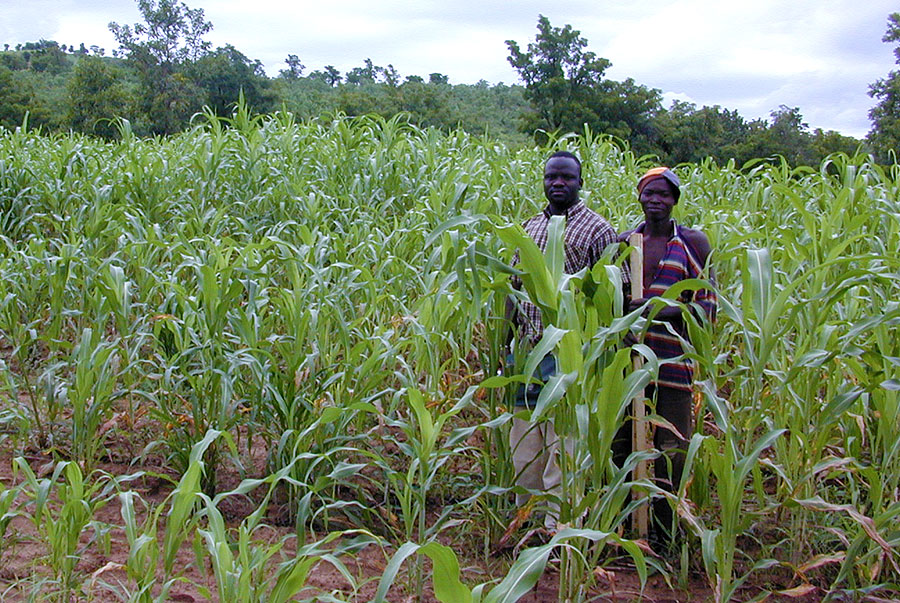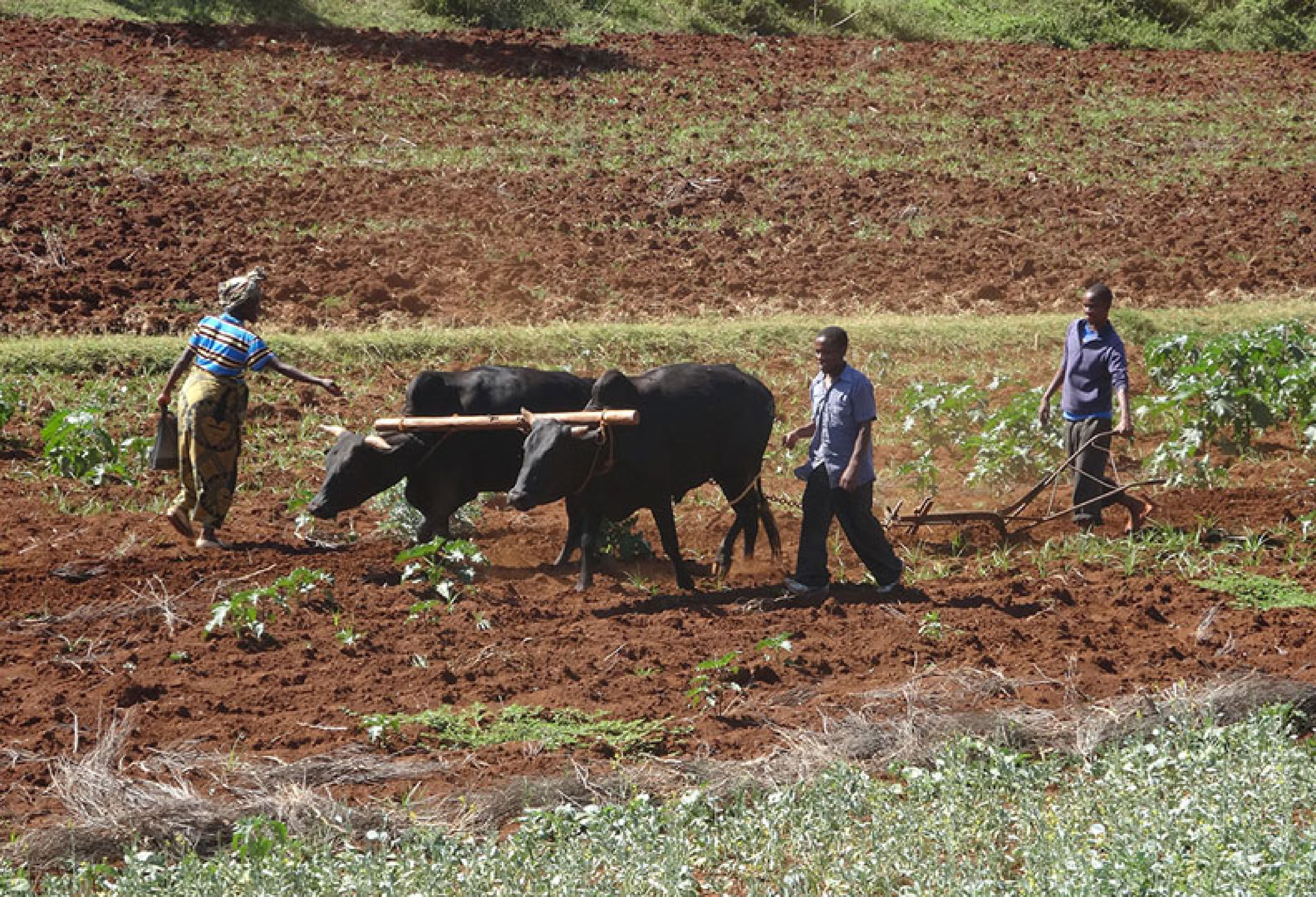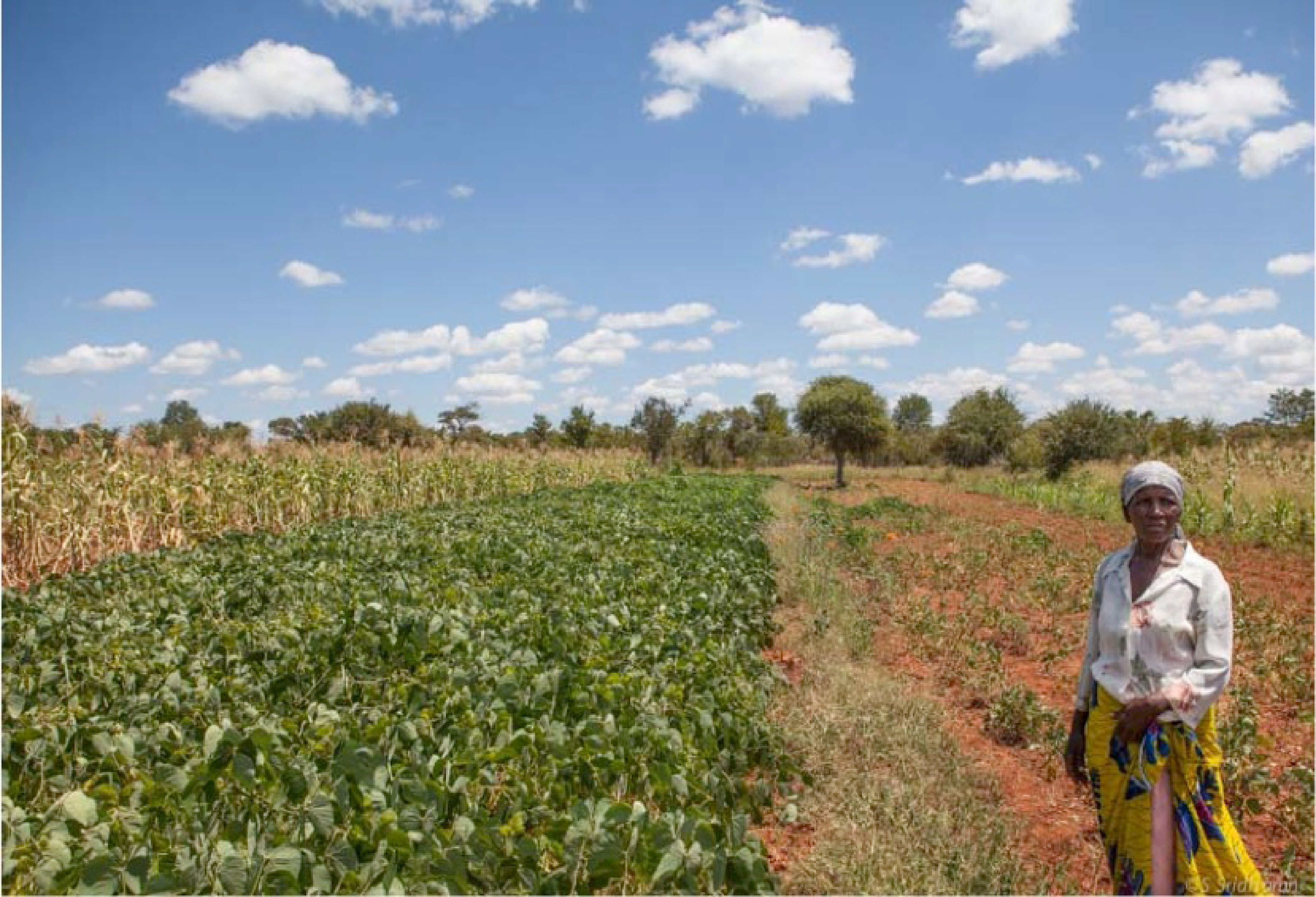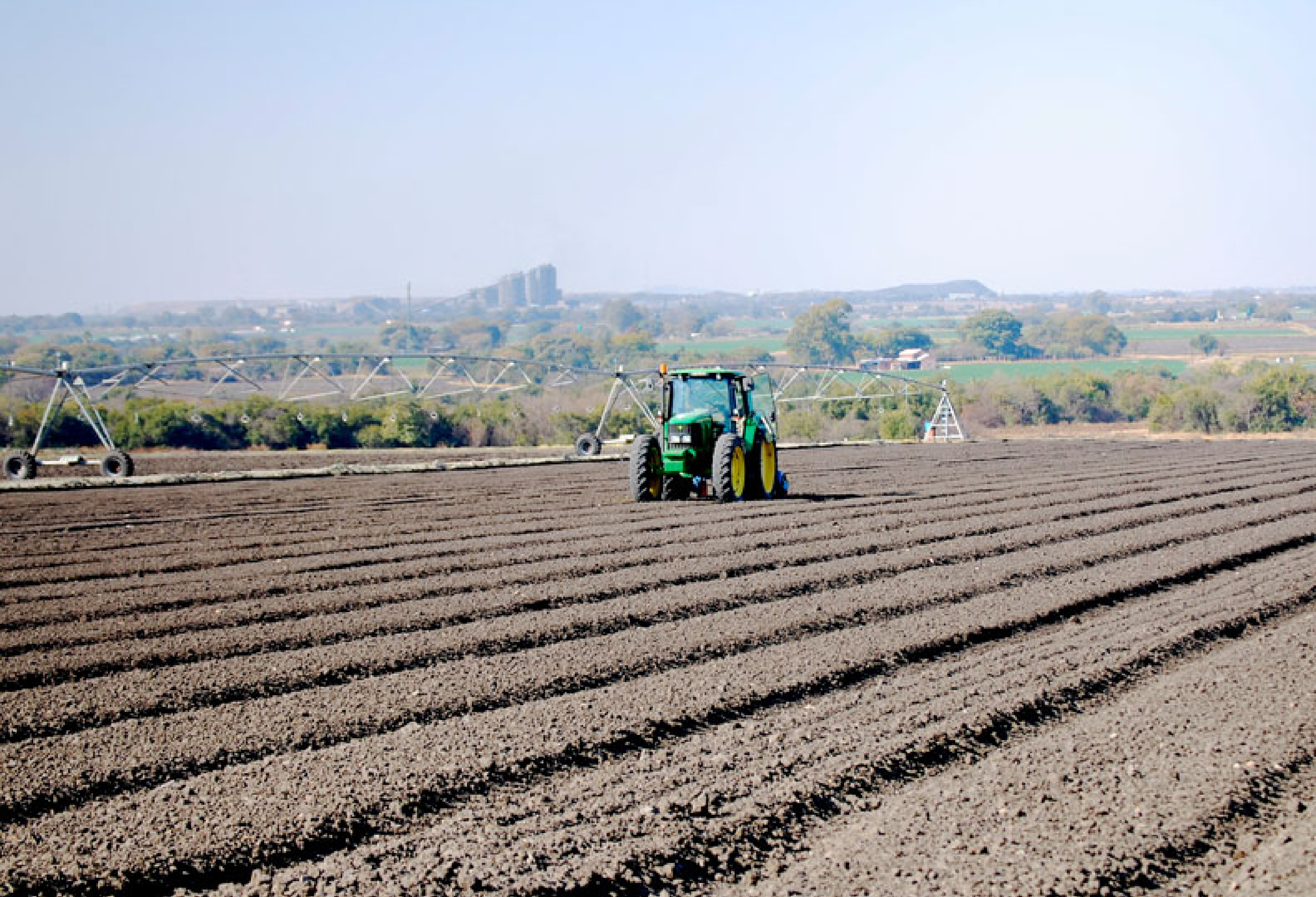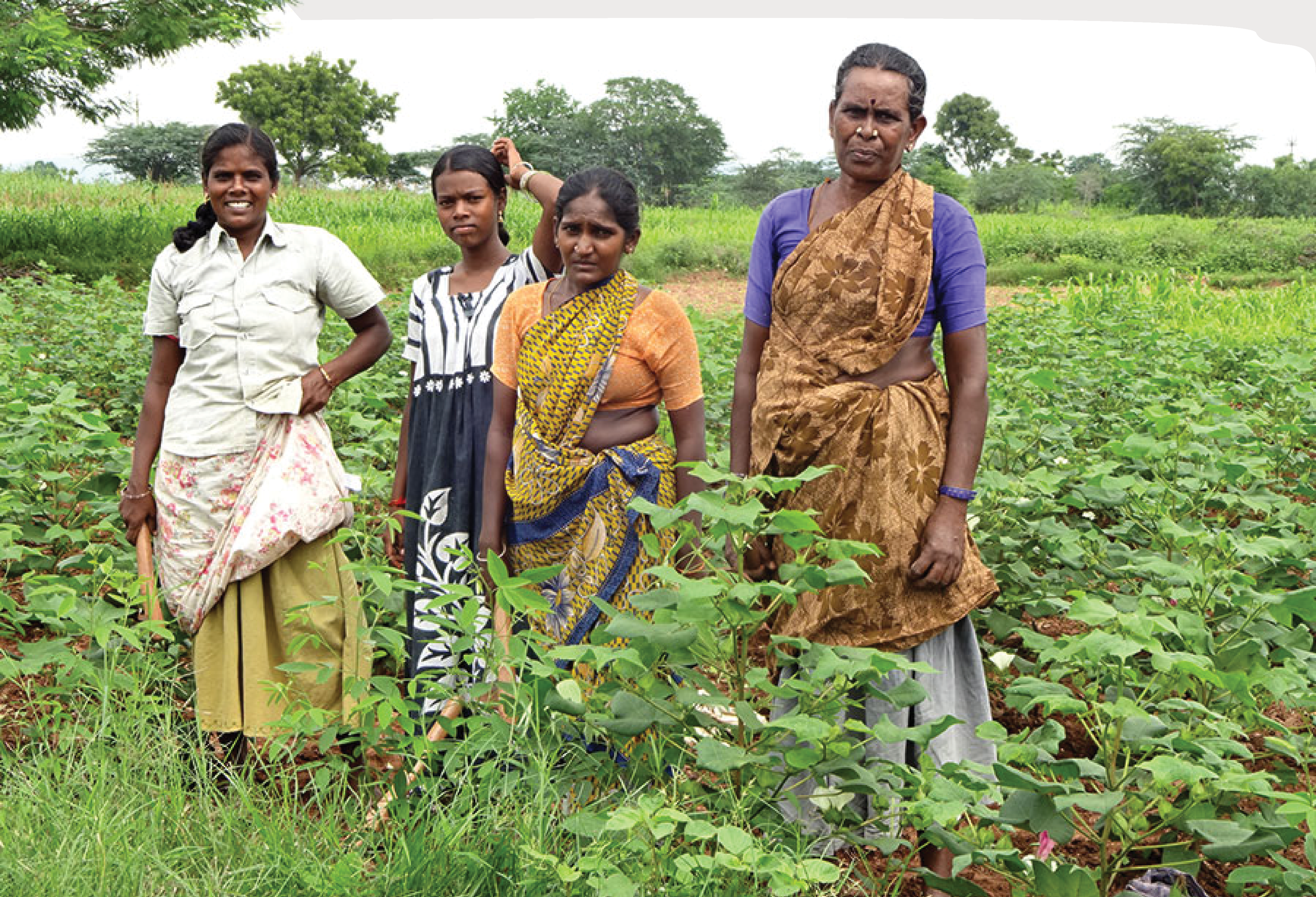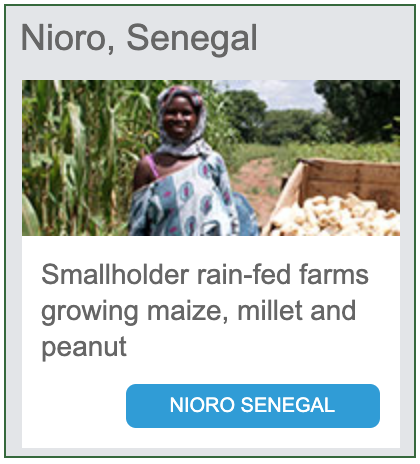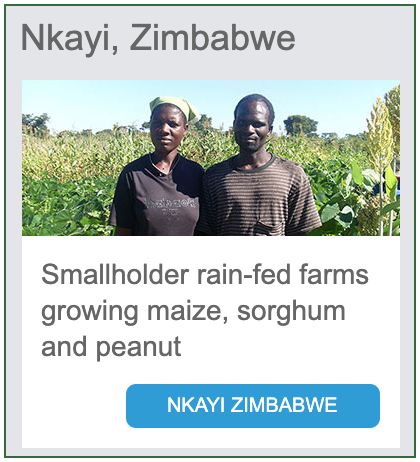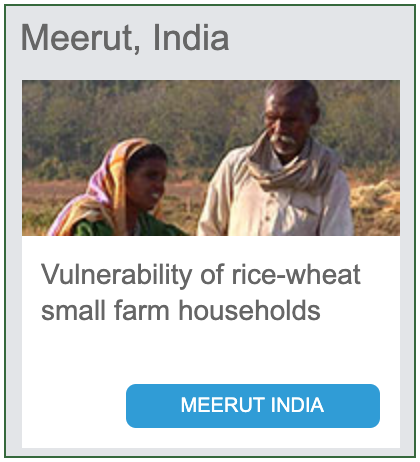Regional Integrated Assessments (RIAs)
Objective
The main goal of AgMIP’s regional integrated assessment (RIA) methodology is to provide scientifically rigorous information to support improved decision-making by various stakeholders, ranging from local to national and international non-governmental and governmental organizations.
View protocols here: AgMIP Protocols for Regional Integrated Assessment
RIA Regions
West Africa
A significant portion of the Western Africa population is smallholder, rain-fed farmers… Read more
East Africa
East Africa is susceptible to climate change implications that include: the warming of sea surface… Read more
South Eastern Africa
Large parts of Malawi, Mozambique, and Zimbabwe’s climate are semi-arid. As a result… Read more
Southern Africa
Recent history has shown an increased trend in the frequency and strength of droughts and… Read more
Southern India
Tamil Nadu and Andhra Pradesh are the two areas of focus within AgMIP’s South India regional... Read more
Indo Gangetic-Basin
The region has seen increased variability in its monsoonal season along with more frequent... Read more
RIA Impacts Explorer Sites
Nioro, Senegal
Adapting smallholder rain-fed farming systems… Read more
Nkayi, Zimbabwe
Adapting smallholder rain-fed farming systems… Read more
Free State, S. Africa
Assessing regional small scale and commercial farming systems… Read more
South Punjab, Pakistan
Adapting cotton-wheat farming systems… Read more
Kurnool, India
Adaptations for Fallow-Chickpea Cropping Systems… Read more
Meerut, India
Vulnerability of rice-wheat small farm households… Read more
Key features of the RIA methodology
- A protocol approach based on a rigorously documented methodology so that results can be replicated and intercompared, and so that methods can be improved over time.
- The study design must be made with input from stakeholders and policymakers
- A transdisciplinary, systems-based approach that can incorporate important features of current and possible future systems, including multiple crops, inter-crops, livestock, and non-agricultural sources of income.
- The approach must be able to account for the highly diverse types of systems, and the widely varying biophysical and socio-economic conditions that characterize farms.
- The approach must be able to incorporate the high degree of heterogeneity in biophysical and economic conditions typical of most agricultural regions.
- The methods must be able to quantify vulnerability to climate change in a meaningful way, i.e., it must be possible to characterize the impacts on those farm households that are adversely affected by climate change, as well as those that benefit from climate change. In other words, it must be possible to quantify not only average impacts but also the distribution of impacts in diverse populations.
- Key uncertainties in climate, crop, biophysical, and economic dimensions of the analysis must be assessed and reported so that decision-makers can understand them and use them to interpret the results of the analysis. (Antle et al., Handbook of Climate Change and Agroecosystems 2015)
AgMIP Protocols for Regional Integrated Assessments
Various regions of the world are now undertaking regional assessments following AgMIP protocols and integrated assessment procedures. The Protocols for Regional Integrated Assessments was written such that it represents a minimum approach that can be expanded upon in regions where available data and resources allow. The methods and core approach used by all interdisciplinary research teams need to be fundamentally consistent in order to enable meta-analyses and large-scale studies. Particular care must therefore be taken in introducing new methods and models that could potentially limit the ability of results to be compared beyond the immediate region.
The purpose of the Protocols for Regional Integrated Assessments is to describe recommended methods for a trans-disciplinary, systems-based approach for regional-scale (local to national scale) integrated assessment of agricultural systems under future climate, bio-physical and socio-economic conditions. An earlier version of these protocols were developed and used by several AgMIP Regional Research Teams (RRTs) in Sub-Saharan Africa (SSA) and South Asia (SA) in Phase 1 research. (AgMIP Protocols version 5.1). This guide has been updated to incorporate the new research methodology being followed in Phase 2 of the Regional Integrated Assessments. It is written to guide a consistent set of integrated assessments that can be applied to any region globally.
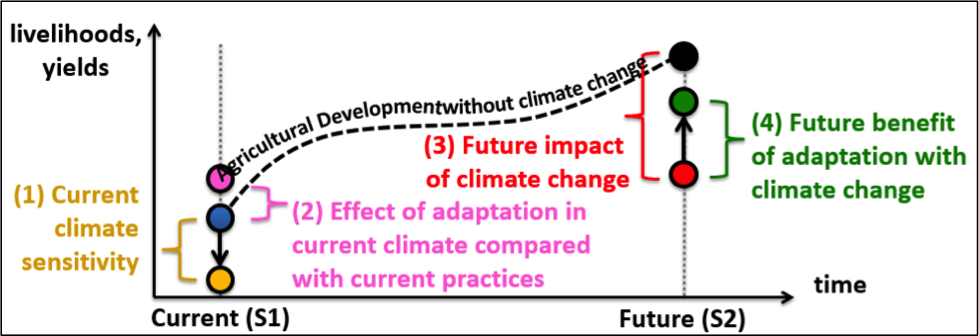
Overview of core climate impact questions and the production system states that will be simulated. The current production system is represented by the blue dot, while the future production of the system is represented in three ways: assuming that there is no climate change (black), assuming that there is climate change and no adaptation (red), and assuming that there is climate change and adaptation (green). The dashed line represents the evolution of the production system in response to development in the agricultural sector that is not directly motivated by climate change. To understand the sensitivity of the current production system to anticipated changes, production in the current period is also estimated using proposed adaptation strategies under present climate (pink) or responding to an instantaneous climate change (orange). (from AgMIP Protocols for Regional Integrated Assessments)
AgMIP Protocols for Regional Integrated Assessment

